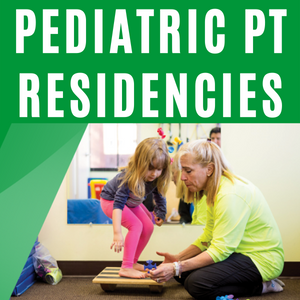Back
Concurrent session
Early Intervention
Crawling Kinematics in Typically Developing Infants with Clinical Strategies for the Atypical Population
Friday, November 18, 2022
10:45 AM – 12:15 PM
Location: Grand Ballroom
- MR
Monica J. Rivera, PT MS DPTSc
Associate Professor
California State University, Fresno
Clovis, California
Lead Speaker(s)
The onset of infant crawling marks the time of exploration and independence. However, there is limited research in crawling kinematics and knowledge of the major limb transitions that ensue with crawling experience. Because of the present state of research, there is a minimal clinical evidence to guide clinical strategies for the infant with atypical crawling patterns. This lecture will provide a framework of the crawling modes within the typical infant population and review findings from a longitudinal crawling study in typically developing infants. This section will emphasize the primary mechanics of crawling and limb adaptations that transpire with crawling experience. Comparison of crawling performance in the atypical population will be observed detailing the distinctions between typical and atypical mechanics. The content will assist clinicians to determine appropriate strategies, environmental adaptations and promote mobility in the atypical population. The course will assist Physical Therapists and Physical Therapy Assistants in enhancing their knowledge of crawling kinematics and apply this knowledge to the atypical infant population.
Learning Objectives:
- Compare and contrast the various crawling modes in typically developing infants and infants with motor disability.
- Identify the key facets of infant crawling kinematics in typically developing infants.
- Implement environmental or therapeutic strategies that will initiate crawling behaviors and improve infant motor kinematics and or efficiency.

.png)
.png)
.png)
.png)
.jpg)
.png)
